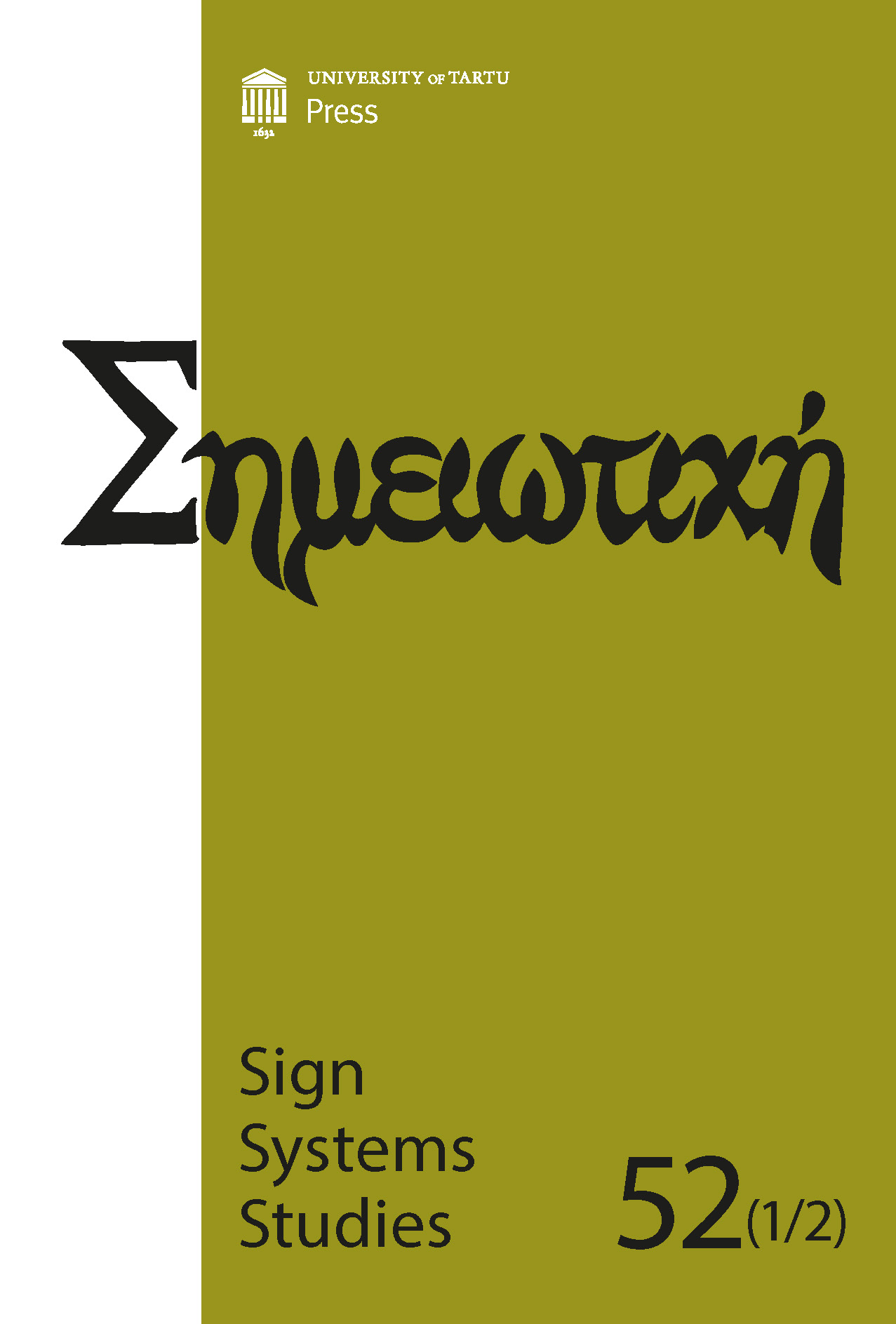The silent war on signs: Unpacking the concept of semiocide and its implications for the Baha’i community in Iran
DOI:
https://doi.org/10.12697/SSS.2024.52.1-2.09Keywords:
semiocide, violence, cultural hegemony, Bahaism, cultural semiotics, conflictAbstract
Within the field of conflict and violence studies, there exists a range of subtle yet profound forms of violence that often remain underexplored. This paper addresses the concept of semiocide, which refers to the destruction of culturally significant signs, stories, symbols, and narratives. Through unpacking of the theoretical foundations of semiocide, the study highlights its distinct nature and potential for further exploration in cultural violence and conflict studies. Utilizing content analysis of various media sources, the study examines the semiocidal practices perpetrated against the Baha’i community in Iran. The findings illustrate the systematic erasure and manipulation of the Baha’i cultural identity through three semiocidal mechanisms. These insights shed light on the complex dynamics of cultural violence, not only within the specific context of Iran but also providing valuable implications for understanding similar phenomena in other socio-cultural contexts. By bridging the gap between theory and practice, this study offers a nuanced discussion of semiocide, contributing to a broader comprehension of cultural violence and cultural hegemony, and thereby enriching the discourse in conflict and violence studies.
Downloads
Downloads
Published
How to Cite
Issue
Section
License
Copyright (c) 2024 Erfan Fatehi

This work is licensed under a Creative Commons Attribution-NonCommercial-NoDerivatives 4.0 International License.


